Common solar terms and what they mean
As more and more Australians choose renewable energy to power their homes, the solar industry is expanding. But often trying to navigate your way through choosing a provider or comparing quotes can be a confusing process.
At Grand Group Australia, we want to make it as simple as possible for you to understand how solar energy can benefit your home. And so we’ve compiled this list of common solar terms to boost your knowledge of the industry. We are also always available for a free assessment if you want to tap into our expertise as you choose the best solar solution for your home!
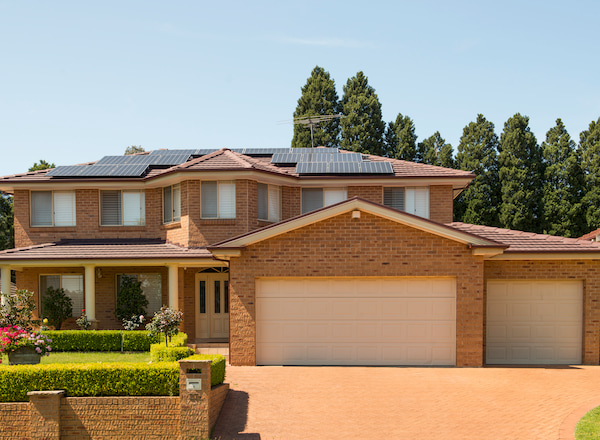
Solar energy
Solar energy is created by harnessing the power of the sun and converting it into electricity.
In Australia, we receive enough sunlight to power our entire country 10,000 times over. The sun’s power is phenomenal… and it isn’t going anywhere anytime soon.
Renewable energy
Unlike traditional energy sources, renewable energy uses sources from nature such as the sun, wind or water to generate electricity.
The benefits of renewable energy are many… it is sustainable, clean and uses free natural resources to create – in most cases – no or low pollution energy.
Carbon emissions
When power plants burn coal, they release harmful carbon emissions into the atmosphere. In Australia, more than 30% of carbon emissions generated are from electricity production… and despite our population only making up 0.3% of the global population, we contribute 1% of the world’s carbon emissions.
Carbon emissions are a form of gas that is responsible for the greenhouse effect and detrimental climate change.
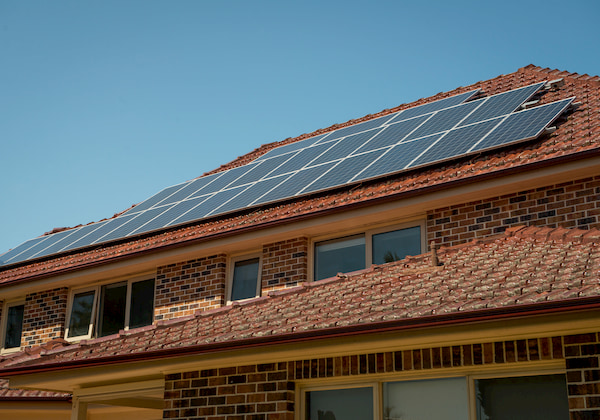
Carbon footprint
As individuals, we each contribute to global carbon emissions. This is our carbon footprint.
The more coal powered energy you use – along with other contributing factors – the greater your carbon footprint.
Kilowatt (kW)
A kilowatt (kW) is a measure of power. A kilowatt hour (kWh) is the unit we use to measure the output of a solar system. When we talk about the size of a solar system, we will use kW. A good quality 6kW solar system will generate 26.4 units per day.
The size of a system is made up of the size of each panel and the number of watts it produces. The higher the wattage per panel and the more panels you have the greater the output of the system.
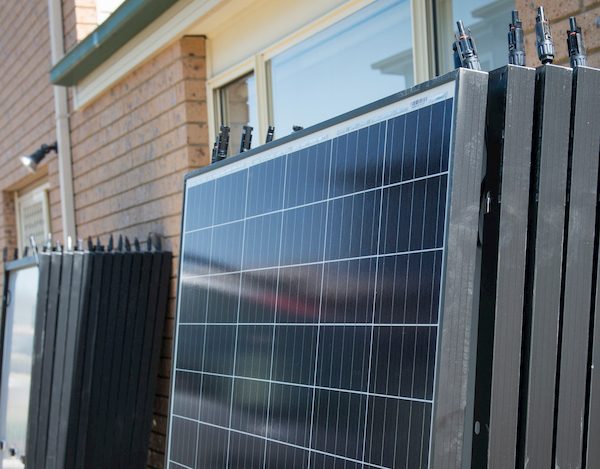
Solar panels
Solar panels are a collection of silicon cells that absorb sunlight and convert it into electricity. Solar panels can be used in residential or commercial settings to power your home or building and reduce your energy bill.
Photovoltaic (PV)
Photovoltaic – often abbreviated to PV – essentially means the conversion of light into electricity… e.g. solar!
The silicon cells in solar panels are also called photovoltaic (PV) cells and a solar panel can also be referred to as a photovoltaic (PV) module.
These terms are used interchangeably in the industry. Photovoltaics is the science behind solar… and solar is the common term used in its place.
Polycrystalline
Polycrystalline is a type of solar panel that is created from a blend of multiple silicone sources. Polycrystalline panels are cost effective to produce but aren’t as efficient as other types of solar panels.
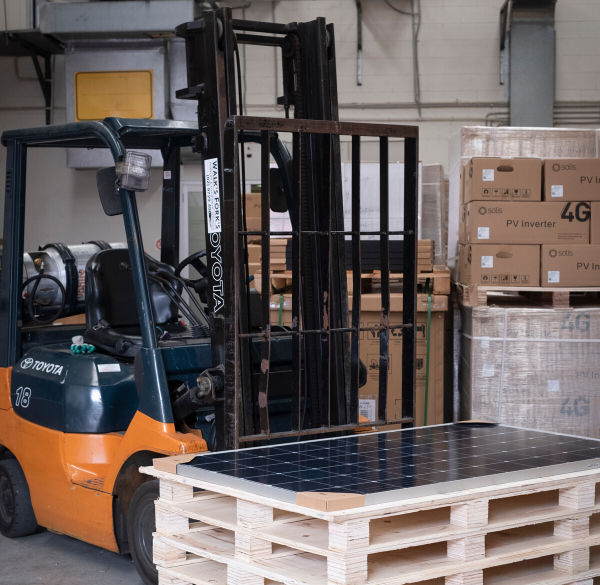
Monocrystalline
Compared to polycrystalline panels, monocrystalline panels are more efficient. They are cut from a single source of silicone, and while they are more costly to produce, the efficiency benefits, particularly in environments with high heat or low light, are hard to beat.
The higher upfront cost of monocrystalline panels is outweighed by the savings for the customer over the life of the panels.
Efficiency
When it comes to solar panels, efficiency is critical. The more efficient your solar panels, the more sunlight they will be able to convert into electricity… and ultimately that means lower electricity bills and more money in your pocket.
Solar panels should perform well, with high efficiency, over a long period of time, up to 25 years for quality panels.
Temperature coefficient rating
Solar panels in Australia need to contend with extreme heat conditions. And that’s why the temperature coefficient rating of the panels we use on our homes in Australia is so important.
The temperature coefficient rate is how much energy each cell loses as the temperature rises. A high temperature coefficient rating means that extreme heat will have less of an effect on the panels.
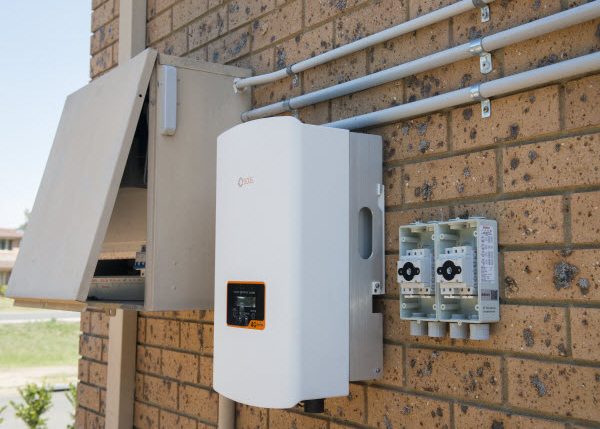
Operating module temperature is also an important factor to consider when selecting panels, i.e. the temperature range within which the solar panels will work. Operating module temperatures of -40℃+85℃ will indicate that the panels will work well even during a hot Australian summer.
Solar inverter
Without a solar inverter, solar panels are useless. The inverter is the go-between to get the electricity generated by your solar panels to power your home.
Solar panels generate DC electricity… but your home uses AC electricity.
The inverter does the job of converting the DC current to an AC current. And if you have any excess energy, your inverter will feed it back to the grid or into your solar battery unit.
Solar battery
Solar panels can only generate power during the day while the sun is shining. If you don’t use all of the power your solar system makes during the day, and would like to be able to use it to power your home at night, you can install a solar battery.
A solar battery isn’t essential to save money with your solar panels… but it can certainly make a difference!
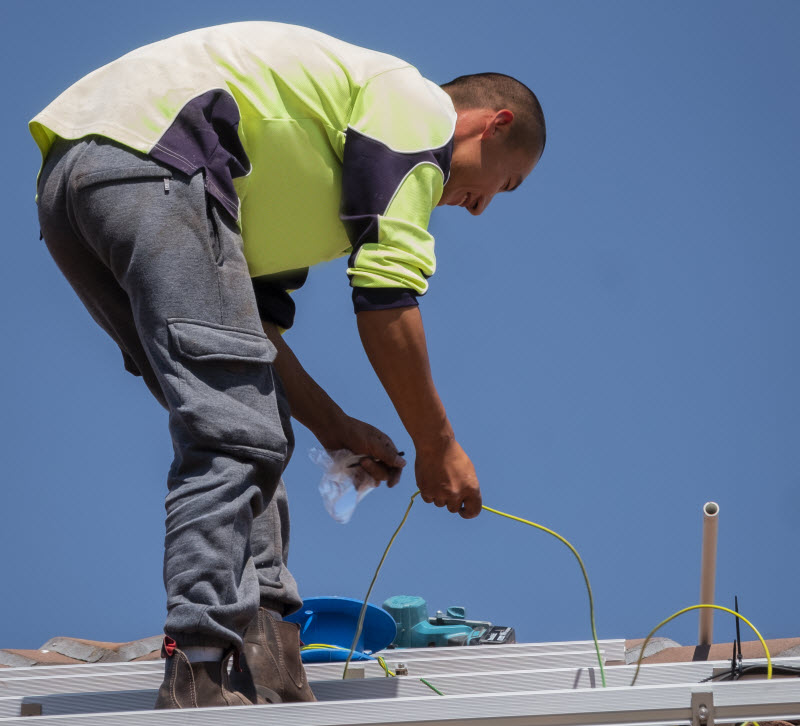
Solar panel installation
Solar panel installation is the process of getting your solar system installed and connected to start powering your home.
A good installation relies on a number of factors including roof tilt, space and orientation.
Roof tilt
Roof tilt is quite critical to successful solar panel installation.
While there is an ideal pitch or tilt that will give the best outcome in the form of energy generated from a solar system, if you have a flat or extremely tilted roof then all is not lost.
A good solar company will give you various framing options to ensure you get the best result.
Roof space
When we talk about roof space in relation to solar, we are referring to the available surface area on your roof to install solar panels.
Obviously, if you have a lot of roof space, you have the option to install more solar panels. But even if you have minimal roof space, you can still reap the benefits of solar with high efficiency panels.

Orientation
The orientation of your roof, or the way it faces, is an important consideration for a solar panel installation.
And that’s because you will need a rooftop that is either north, west or east facing in order to harness enough energy from the sun to power your home.
You will also need to consider shade… a west facing rooftop that is surrounded by large trees that shade the roof is not going to get you the solar gain that you are looking for.
Solar rebates
When it comes to the solar rebate in Australia, the funds available to help offset the cost of your solar system aren’t actually called rebates.
There is a lot of confusion around rebates because they’ve changed many times over the years, so it’s important to get up-to-date information and speak with a reputable company about the financial assistance available to you as a consumer.
Small-scale Renewable Energy Scheme
The Small-scale Renewable Energy Scheme was established to help the government reach their renewable energy targets through the installation of renewable energy systems, including solar.
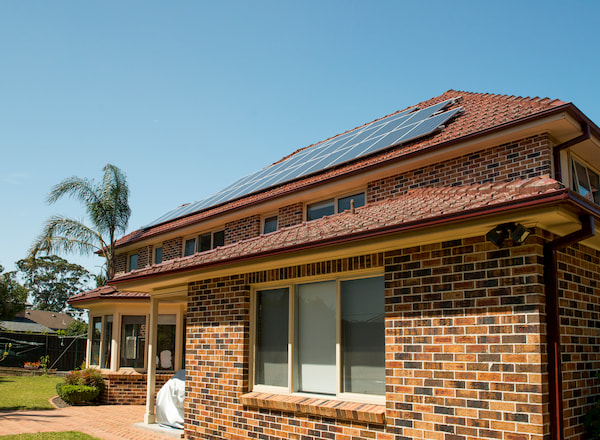
Small-scale Technology Certificates (STCs)
Under the Small-scale Renewable Energy Scheme, when you install an eligible system you will receive Small-scale Technology Certificates – STCs.
The values of STCs aren’t fixed and they instead fluctuate like the stock market, based on a number of factors including the size of the system, your location and the expected energy output over a certain time frame.
Feed in tariffs
If your solar system creates more energy during the day than your household will use, you can either store that excess energy in a solar battery, or feed it back to the grid.
In the case of the latter, you will receive a feed in tariff which comes in the form of credit on your power bill.
Feed in tariff rates aren’t a fixed amount so you can shop around energy companies to get a good deal.
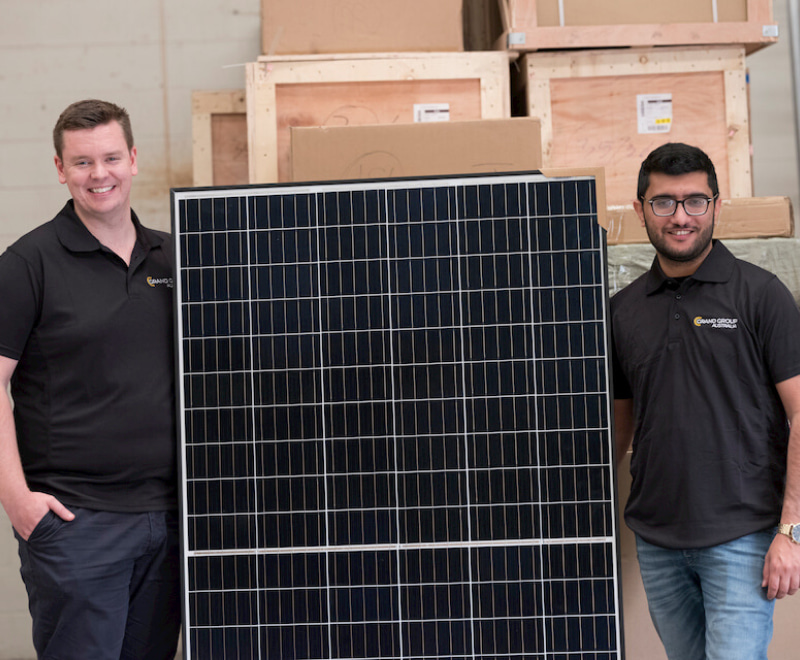
Clean Energy Council
The Clean Energy Council is a not-for-profit, membership-based organisation established as the peak body for clean energy in Australia.
The council primarily focuses on advocating for increasing demand for clean energy solutions. It also plays a very important role in increasing integrity and raising standards in the industry for consumers.
Clean Energy Council Approved Solar Retailer
Any business that works within or supports the clean energy industry is eligible for membership of the Clean Energy Council.
However, businesses that want to become a Clean Energy Council Approved Solar Retailer are required to comply with a strict code of conduct and commit to solar industry best practice. There is a rigorous application process with regular reporting and check-ins to retain the Approved Solar Retailer status.
Clean Energy Council Accredited Installer
Clean Energy Council Accredited Installers are electricians who are certified and trained in the best practice design and installation of solar systems.
All Clean Energy Council Approved Solar Retailers must only use Clean Energy Council Accredited Installers for their solar installations.
The solar energy experts
At Grand Group Australia, we’ve been in the solar industry for more than a decade. We are a Clean Energy Council Approved Solar Retailer and committed to providing quality solar energy solutions for our customers.
Contact us to book a free assessment where we can answer all of your solar questions and find the right solar solution for your household needs.
